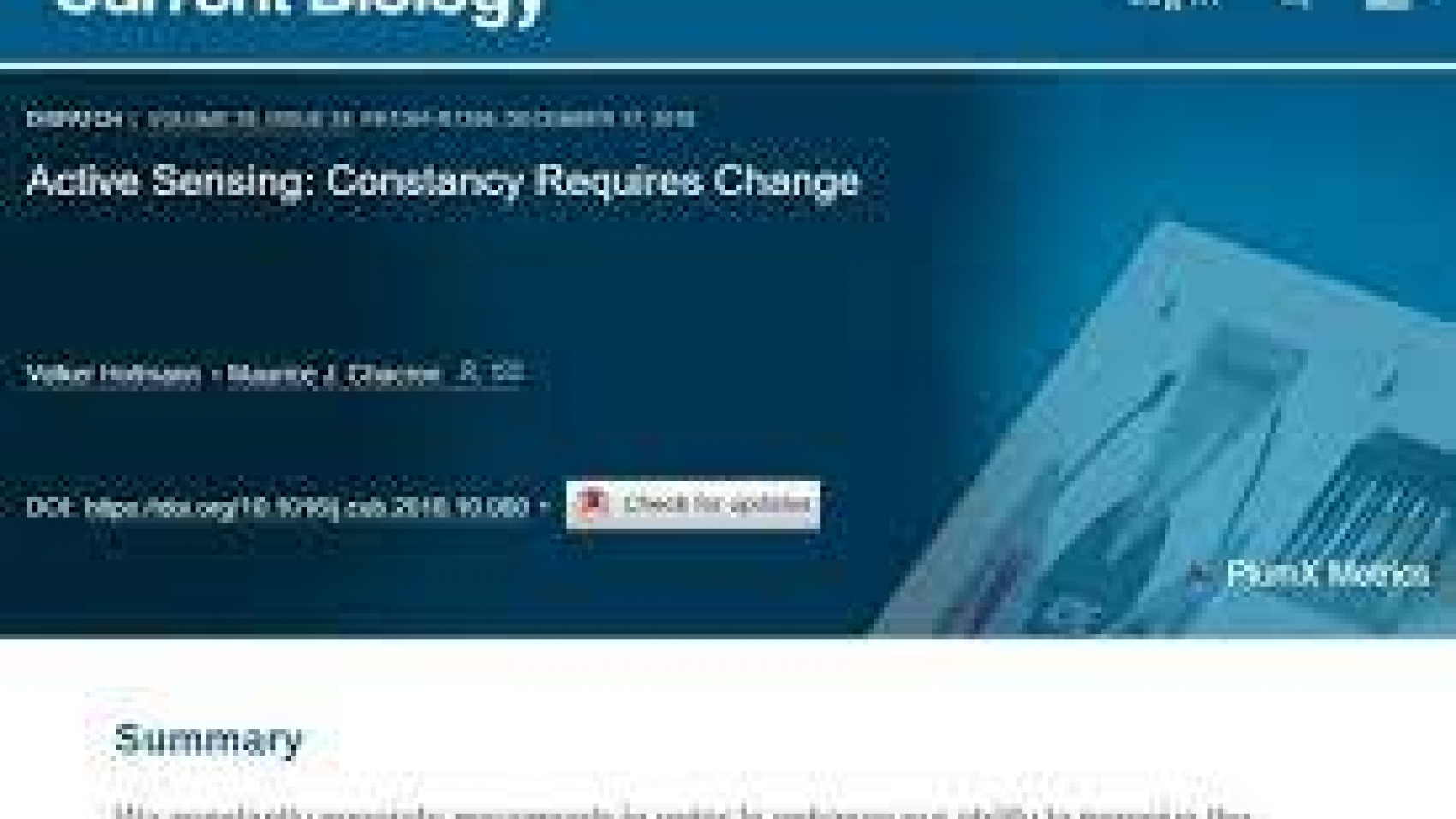Farina WM, Arenas A, Diaz PC, Susic Martin C, Estravis Barcala MC. (2020). Learning of a mimic
odor within honey bee hives improves pollination service efficiency in a commercial crop. Current
Biology, 30, 1-7. https://doi.org/10.1016/j.cub.2020.08.018
Balbuena MS, Farina WM (2020). Chemosensory reception in the stingless bee Tetragonisca
angustula, Journal of Insect Physiology, doi: https://doi.org/10.1016/j.jinsphys.2020.104076
Vázquez DE, Balbuena MS, Chaves F, Gora J, Menzel R Farina WM (2020). Sleep in honey bees is
affected by the herbicide glyphosate. Scientific Reports, 10 (1), 1-8.
https://doi.org/10.1038/s41598-020-67477-6
Vázquez D, Farina WM (2020). Differences in pre-imaginal development of the honey bee Apis
mellifera between in vitro and in-hive contexts. Apidologie. https://doi.org/10.1007/s13592-020-
00767-0
Vázquez D, Latorre-Estivalis JM, Ons S, Farina WM (2020). Chronic exposure to glyphosate induces
transcriptional changes in honey bee larva: a toxicogenomic study. Environmental Pollution,
261, 114148 https://doi.org/10.1016/j.envpol.2020.114148
